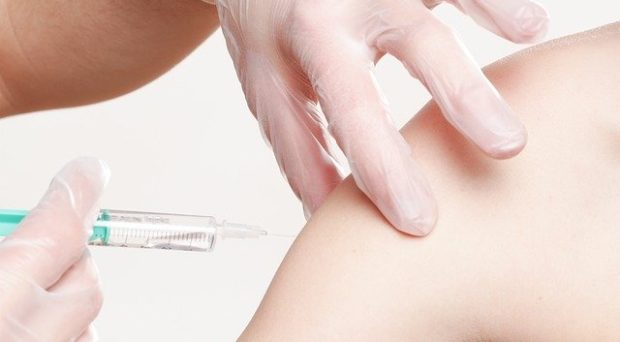
What is HPV?
Human papillomavirus (HPV) is a sexually transmitted infectious agent and is increasingly common in young people. HPV is linked to several cancers – especially cervical cancer – and genital warts (GW).
How high is the burden of HPV related diseases?
Every year, a large number of women and men are affected by the anal, cervical, oropharyngeal, penile, and vaginal cancers linked to HPV. Cervical cancer is the 3rd most common malignancy among women worldwide, with more than 300,000 deaths in 2018 alone.
Besides cervical cancers, GWs are also common manifestations of genital HPV infection. Although usually not regarded as a serious condition, GWs cause physical symptoms such as pruritus and pain, and have a negative impact on sexual life resulting in significant loss of quality of life for those with the sexually transmitted infection.
How can I get protection against cancers and/or genital warts?
The next generation of children and young adults may not face HPV related cancer and/or GWs thanks to the quadrivalent HPV vaccine. The vaccine helps protect against certain types of HPV that can lead to cancer or GWs. The quadrivalent HPV vaccine targets virus types 16 and 18 – the two types that cause 80% of cervical cancer cases – and also HPV types 6 and 11, associated with 85–95% of GW cases.
Is the quadrivalent HPV vaccine effective?
Our study published today in BMC Public Health summarizes the available data assessing the real-world impact of publicly funded quadrivalent HPV vaccination from the beginnings up to the 13th of January 2020. The purpose of this meta-analysis was to evaluate whether quadrivalent HPV vaccine has any effects in the prevention of GWs.
Eight randomized controlled clinical trials (RCTs) were included where HPV vaccines (3 doses) or placebos were administered to females or males (in one study) and then the number of GW cases was compared between the vaccinated and placebo group. Eight time trend studies were also included to assess the population-level effect of the quadrivalent HPV vaccination by comparing the prevalence of GWs between the pre- and post-vaccination periods.
The quadrivalent HPV vaccine significantly reduced the risk of GWs
The quadrivalent HPV vaccine significantly reduced the risk of GWs. In the post-vaccination period, the number of GW events in women was considerably lower. Although young men were not vaccinated, the number of GW cases was also reduced among them, to be attributed most likely to the indirect protection provided by the vaccination of women. Subgroup analysis showed that GWs were reduced more substantially in those under 21 years of age than in older persons.
The findings are consistent with previous reviews and meta-analyses, where it was also found that the prevalence of GWs decreased significantly in vaccinated girls and the quadrivalent prophylactic vaccination could prevent HPV infection both in men and women.
Where has the quadrivalent HPV vaccine been introduced?
Gardasil® has been the vaccine of choice worldwide. It has been chosen by health authorities in the United States, Australia, New Zealand, Canada, Switzerland, Italy, Spain, and Sweden for regional or national vaccination programs. In Australia, cases of GW have nearly disappeared since 2007 – this was the year when the national vaccination program against cervical cancer using the quadrivalent vaccine was introduced as a school based program for 12- and 13-year-old girls. By October 2019, 98 countries introduced HPV vaccines through national immunization programs.
Our meta-analysis gives strong evidence for the effectiveness of the quadrivalent HPV vaccine. Such knowledge can help governments with making decisions about the implementation of the vaccination in their countries for young females and also males, preferably through school-based programs.
Comments